About Vinolia

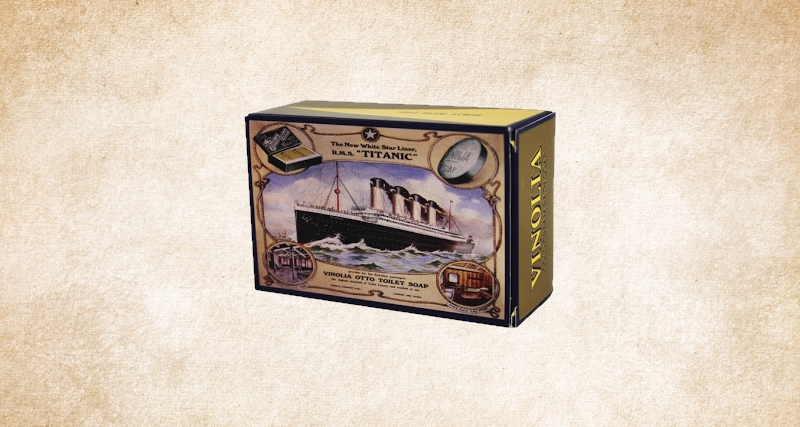

The foundation was laid for the true Dutch Vinolia on the 27th of April 1934, but the history of the brand dates back to 1892 when Vinolia Co. Ltd was founded in England.
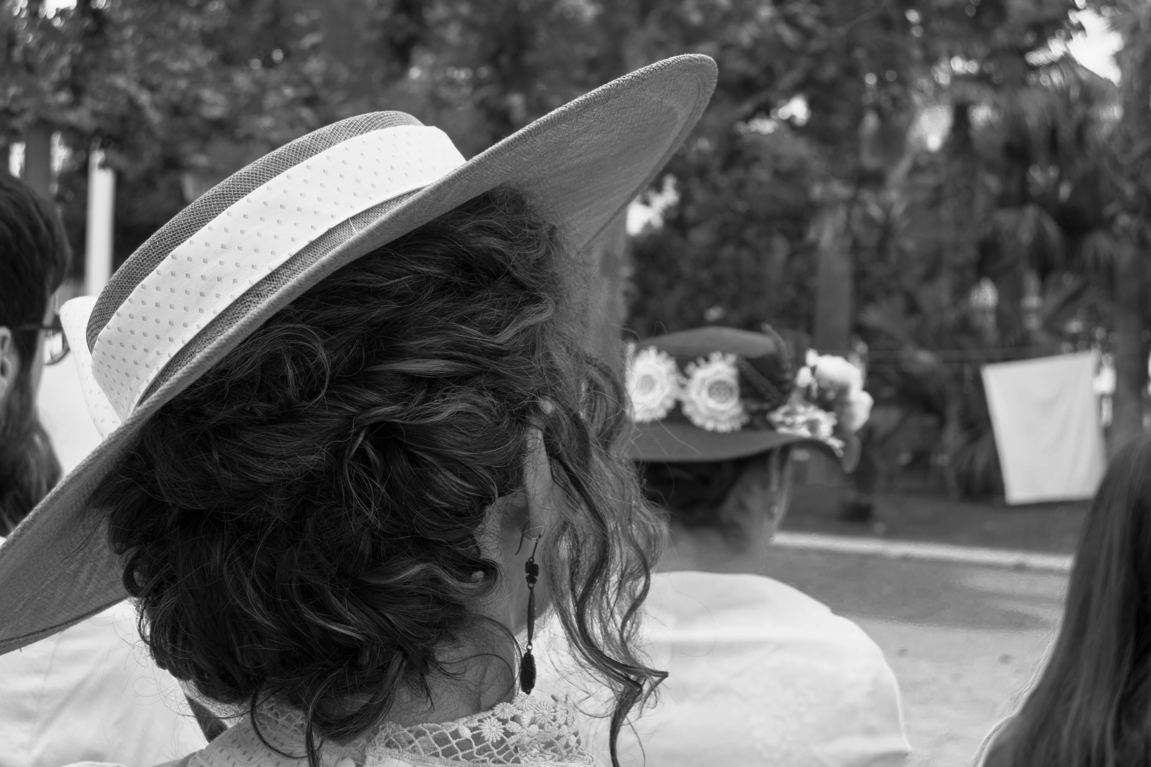
The foundation was laid for the true Dutch Vinolia on the 27th of April 1934, but the history of the brand dates back to 1892 when Vinolia Co. Ltd was founded in England.


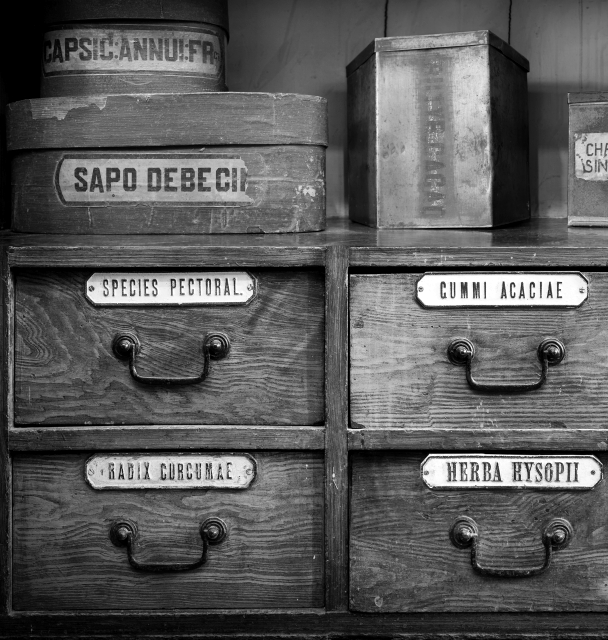
In 1906 Lever Brothers in England acquired Vinolia Ltd., a company that manufactured and sold perfume products, soaps and other cosmetics. In 1907, Lever’s Zeep Maatschappij of Rotterdam was brought on board to sell the English Vinolia products. At the time, this entailed just small imports of mainly toilet soaps, medicinal soaps and shaving soaps.
During the First World War (1914-1918), the import from England stopped and the trade in Vinolia products was not re-established until 1921.
In 1906 Lever Brothers in England acquired Vinolia Ltd., a company that manufactured and sold perfume products, soaps and other cosmetics. In 1907, Lever’s Zeep Maatschappij of Rotterdam was brought on board to sell the English Vinolia products. At the time, this entailed just small imports of mainly toilet soaps, medicinal soaps and shaving soaps.
During the First World War (1914-1918), the import from England stopped and the trade in Vinolia products was not re-established until 1921.


Vinolia unfurls its flowering beauty. On the 27th of April 1934, Parfumerie Vinolia N.V. Rotterdam was founded, the objective being to henceforth produce the English products in the Netherlands. The sale of products manufactured in our country started on the 2nd of January 1935 and the import of English products was then scaled back over time.

Vinolia unfurls its flowering beauty. On the 27th of April 1934, Parfumerie Vinolia N.V. Rotterdam was founded, the objective being to henceforth produce the English products in the Netherlands. The sale of products manufactured in our country started on the 2nd of January 1935 and the import of English products was then scaled back over time.


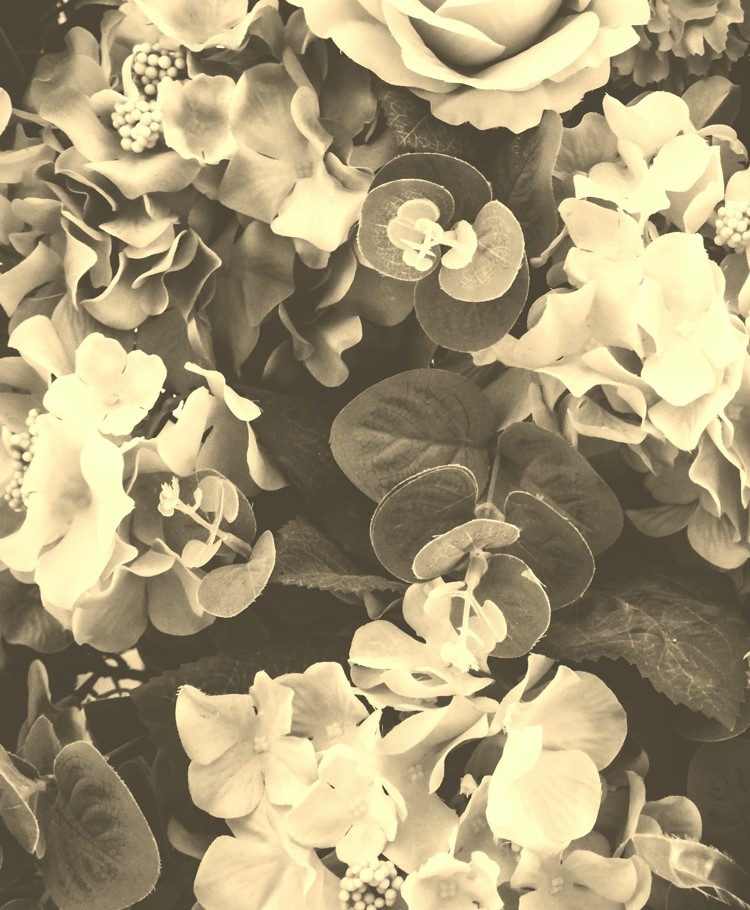
Over the years there were 30 different flower soaps, ranging from white lilac and red carnations to lavender, pansies and lily of the valley. The range also included the Très Chic variation from 1935, not named after an individual flower, but nevertheless brimming with fragrances.
Along with Lily of the Valley soap, Très Chic by Vinolia is still available today and extremely popular among a large group of users.
Over the years there were 30 different flower soaps, ranging from white lilac and red carnations to lavender, pansies and lily of the valley. The range also included the Très Chic variation from 1935, not named after an individual flower, but nevertheless brimming with fragrances.
Along with Lily of the Valley soap, Très Chic by Vinolia is still available today and extremely popular among a large group of users.


In the 1930s, Vinolia also introduced numerous other cosmetics, such as facial creams and shampoos. There was also a focus on advertising during those years.
A captivating and today dated example is the promotional film ‘The Secret of Dolly Bouwmeester’, a pseudo-lifelike story in which, because she uses the right facial cream, by Vinolia of course, the consumer Dolly receives a marriage proposal.
This advertising story was also published as a comic strip.
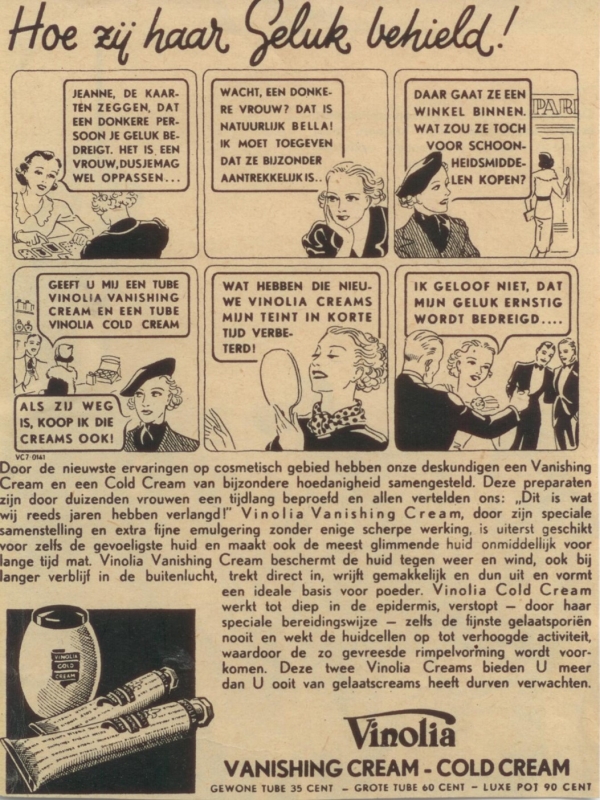
In the 1930s, Vinolia also introduced numerous other cosmetics, such as facial creams and shampoos. There was also a focus on advertising during those years.
A captivating and today dated example is the promotional film ‘The Secret of Dolly Bouwmeester’, a pseudo-lifelike story in which, because she uses the right facial cream, by Vinolia of course, the consumer Dolly receives a marriage proposal.
This advertising story was also published as a comic strip.


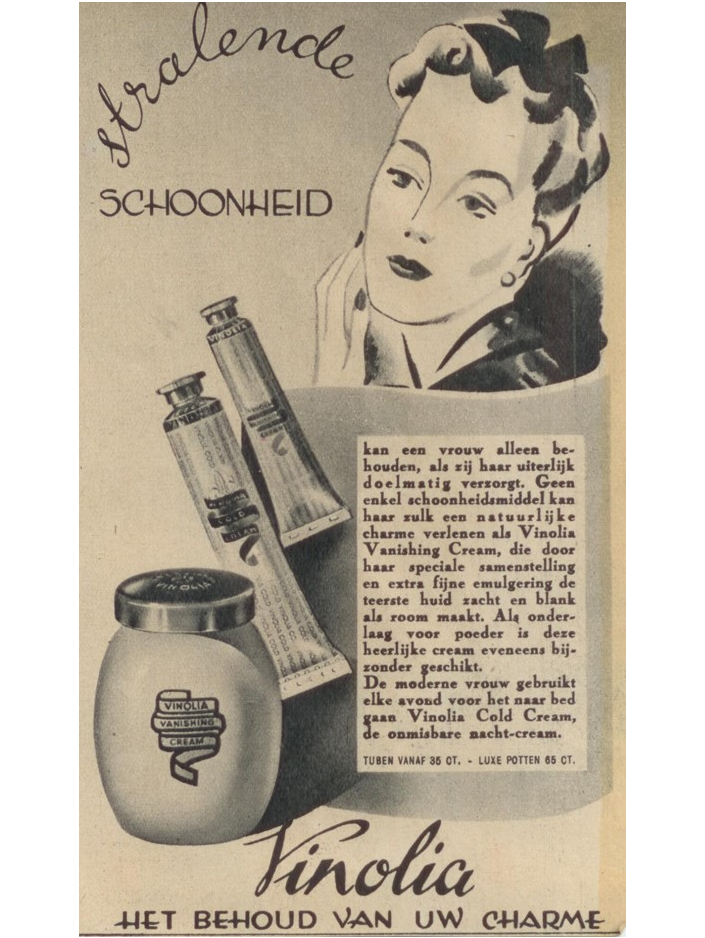
The Second World War (1940-1945) dealt a severe blow to the Vinolia soaps.
Soap mainly consists of fatty acids and it was extremely difficult to get hold of these. Because of the lack of raw materials, Vinolia started to produce ‘air-filled’ soap. Quite literally and figuratively lightweights in comparison to Vinolia’s original flower soaps.
During the war, the allocation of shaving soap on ration coupons was rather generous and, instead of Vinolia soap, Vinolia shaving soap was often used.
The Second World War (1940-1945) dealt a severe blow to the Vinolia soaps.
Soap mainly consists of fatty acids and it was extremely difficult to get hold of these. Because of the lack of raw materials, Vinolia started to produce ‘air-filled’ soap. Quite literally and figuratively lightweights in comparison to Vinolia’s original flower soaps.
During the war, the allocation of shaving soap on ration coupons was rather generous and, instead of Vinolia soap, Vinolia shaving soap was often used.


After the Second World War, Vinolia soap slowly but surely re-established its place in the bathroom. Vinolia shaving soap, shampoo and facial cream disappeared from the selves, but the soaps remained popular. Today there are still two soaps for sale: Très Chic and Lily of the Valley. These are the fragrant all-out-winners of a beautiful classic brand.
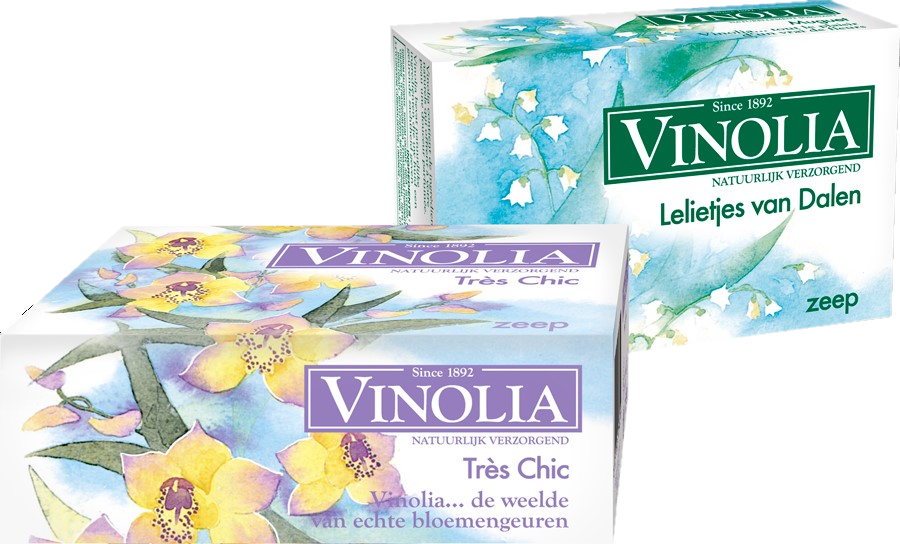
After the Second World War, Vinolia soap slowly but surely re-established its place in the bathroom. Vinolia shaving soap, shampoo and facial cream disappeared from the selves, but the soaps remained popular. Today there are still two soaps for sale: Très Chic and Lily of the Valley. These are the fragrant all-out-winners of a beautiful classic brand.
